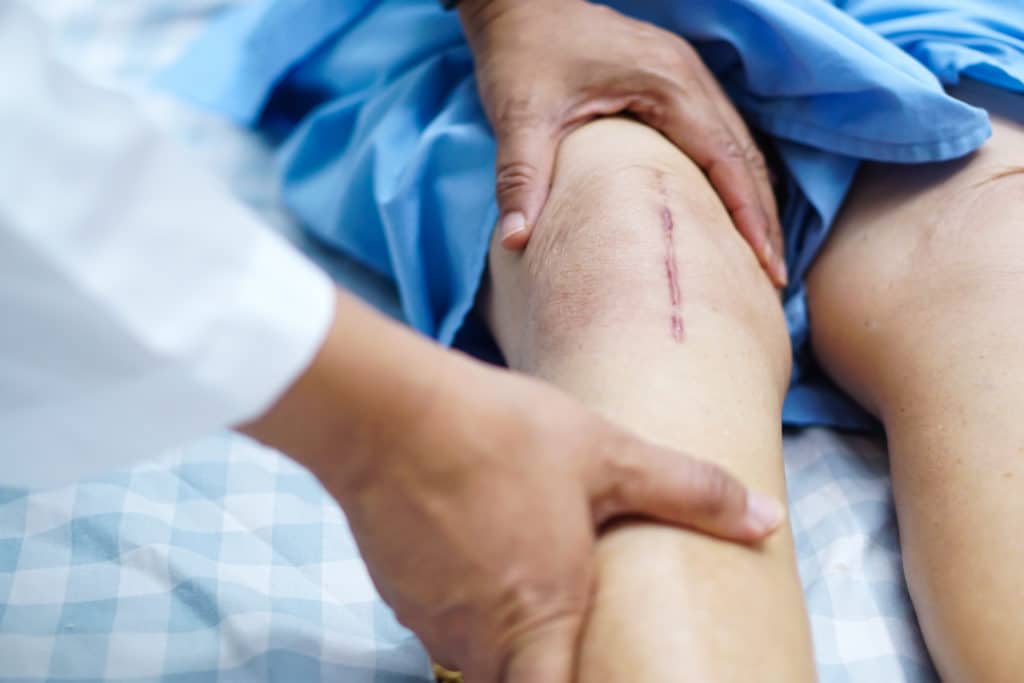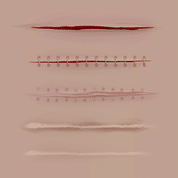What is a Surgical Wound?
Sue Dieter MS, RN, CWS


Surgical wounds are those created from a surgical procedure. They include both incisional and excisional techniques.
What is an incisional wound?
An incisional surgical wound occurs when the surgeon cuts through skin, muscle and fat so that a body part can be repaired or removed. An incision may also be made to insert a small drain to eliminate dead space, remove fluid or gas, or prevent the accumulation of fluid or gas.
What is an excisional wound?
An excisional surgical wound is one created by the removal of tissue such as a cyst, mass, tumor or devitalized tissue from a burn injury. An excisional wound may also occur when tissue is removed for biopsy.
How do surgical wounds move through the repair process?
Surgical wounds, like other wounds, progresses through the same phases of the wound repair process: inflammation, proliferation and regeneration. Whenever possible, the physician will address risk factors and comorbid conditions that may impact the progression of surgical wound healing pre-operatively. Post-operatively, the surgeon will continue to monitor the surgical site during these reparative phases and address any signs of deviation from that process that may signal complications such as infection or dehiscence.

How do you close a surgical wound?
Surgical wounds may be closed with stitches, staples, tissue glue or adhesive strips or left open to heal. Some initial redness and swelling as well as some mild irritation or itching is not uncommon with surgical wound sites. Drainage from the surgical wound may also be noted the first few days after surgery. The surgeon will give instructions related to post-operative care of the surgical wound. This may include dressings or devices depending on the requirements of the patient and wound.
Stitches or staples used for closure of surgical wounds will remain in place as determined by anatomical location. Those that are protected with tissue glue or adhesive strips should be kept clean and dry, and will fall off over time.
What are the principles of surgical wound management?
Surgical wound management follows the principles of advanced wound care, including cleansing, periwound skin care, and moisture or exudate management. Meticulous care of the surgical wound as prescribed by the surgeon may limit scarring, assist in pain management, and help lower the risk of surgical site complications.
For more information about products that manage surgical wounds, please visit:




